Beyond Design

Martine Bedin recollects her Memphis days, where furniture existed beyond functions, and designs transcended borders.
In February 2022, HKDI, in collaboration with Novalis Art Design and Italian Culture Institute in Hong Kong, invited Martine Bedin to give a Master Lecture themed Memphis Memories. It was also served as a brief for project "Memphis: the Post-Contemporary Object" in which students in the Furniture and Lifestyle Product Design and Interior Design will design a series of furniture that declines the aesthetic identity of Memphis in a way that is consistent with the brand and, at the same time, in line with the new aesthetic sensibilities native to digital networks. The prototypes will be displayed at Emerging Design Talents 2022 of HKDI and IVE (Lee Wai Lee), International Design Furniture Fair "25 Years of Design" as well as K11 Art Mall from August.
In the welcome remarks by Michael Chan, Head of Academic Development at HKDI, he said, "Why is the Memphis design so attractive to me? Because it gives me more questions than answer. When you see a Memphis design, it is not only about how you use your brain to process its function, but you have to use your heart to feel it. It is just like a piece of good music or good food, or even a love story."
When asked to use two words to describe renowned Italian architect and designer Ettore Sottsass, Martine Bedin, industrial designer, artist, architect and teacher, replies slowly but firmly, "I've no words. Two words for him is not fair."
When Bedin met Sottsass in Milan, she was just a 23-year-old student. Soon after that, together with several other members, they co-founded one of the most influential design groups in history, the Memphis Group.
Bedin admits that "heart" played a crucial role at Memphis. "We mixed up the brain and the heart, sometimes too much. It got us into troubles at times, but that's exactly how we worked."
To understand the Memphis style, one needs to first understand the context when it emerged. Decades before the birth of Memphis, the end of WWI left people with no affection for bright colours or intricate details in design. Europe was dominated by Modernism. Designers like Le Corbusier expressed "maximum modernity through minimum space". However, things changed drastically after WWII. People were still left with uncertainties, but they learned to cherish peace and life. Rebuilding, reconstruction, rediscovering the meanings of life and reinventing became the norms.
In 1969, Olivetti introduced the Sottsass designed Valentine typewriter to consumers. The red portable typewriter was a statement justifying that technology could have a friendly image. The same idea also applied to automobile. "Shape follows function, but they also follow the dream of the function." Bedin says, "If the car has to be fast, the shape has to be like birds and fish."
The market gradually dominated consumers. Every choice of purchase was made under the conditions given by the market. Trying to address and combat such issue, Italian design students from the 70s founded Architettura Radicale. They discussed the harm of mass production and the loss of meanings for objects, which in turn unfolded the Memphis Group concept.
Seeing the bold colours and shapes from Memphis, some say Memphis design is the representation of childlike innocence, some argue it is a political declaration against social hierarchy, others claim it is the humour left within the pessimists. As co-founder of the group, Bedin says, "Memphis was an international language. People can connect with it quickly. Memphis was the new international style. Unlike Postmodernism taking references from Classical Architecture, Memphis was inspired by everything that was not in the academia, but in the suburbs, or foreign funny houses."
The famous and influential designers today were just students when they started designing at the Memphis Group. With Sottsass's trust and support, they devoted their true selves and dreams into designing. Bedin recollects her conversation with co-founder Michele De Lucchi about Sottsass:
"We were so young, why did he choose us?"
"He needed our energy, without background, just doing designs."
"We were as new as the things we were designing."
The group prepared the first Memphis exhibition in 1981 under the dark, but its popularity exceeded everyone's wildest dreams after opening. "Even now, I don't understand why people came to see an exhibition that they didn't even know what to expect."
Bedin designed the manifesto for the first Memphis exhibition, but it was her "Super Lamp" that turned her into a superstar overnight. Bedin explains, "I was studying in Paris and I was putting bubble lamps in everything. I had to travel back and forth between Milan and Paris and came up with the funny idea of carrying my lamp as my dog behind me." Just like that, the Super Lamp became the best-seller at Memphis. "I guess it was because that was the cheapest product there." Bedin laughs.
Bedin's playful designs may have come from her attitudes of holding objects dear and regards furniture as friends. She says, "When you stumble upon a piece of furniture in the dark in the middle of the night, you probably aren't happy. When it happens to me, I say sorry to the table."
Being made famous by Memphis at a young age, the group of designers continued to grow, both together and apart. Bedin's Super Lamp also grew in its own way. As for Bedin, she works in and out of the industry, experiments with diverse materials including marble, bamboo, ceramics and glass. She continues to broaden her design language and touch and inspire with her designs.
As she puts it, "We have to keep on looking at the horizon, where new ideas and poetry await to be understood and transmitted, and let's dream."
Others

Latest News | 1 January 2023
Mario Cucinella on Green Architecture

Latest News | 1 January 2023
The Future of Urbanism
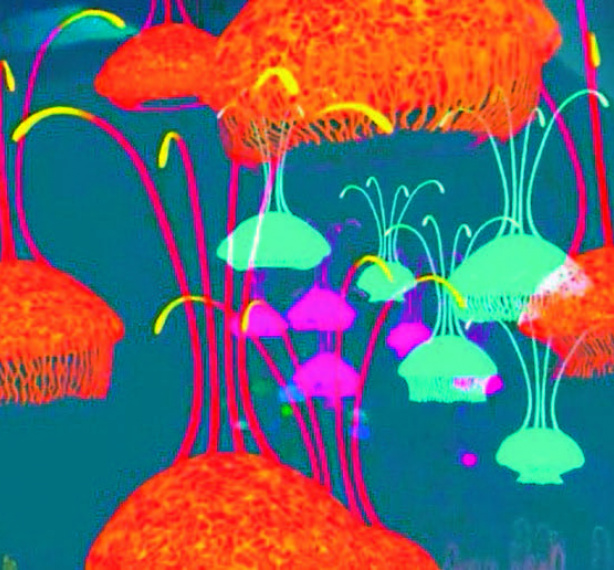
Latest News | 1 January 2023
VR for Pain Management
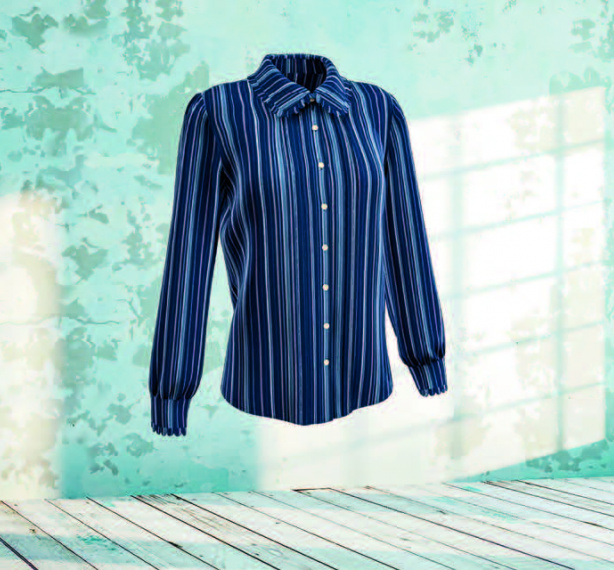
Latest News | 1 January 2023
A Feel for the Future of Bioengineering

Latest News | 1 January 2023
Sampling the Future of Fashion

Latest News | 1 January 2023
A Step Beyond Wrapping Products
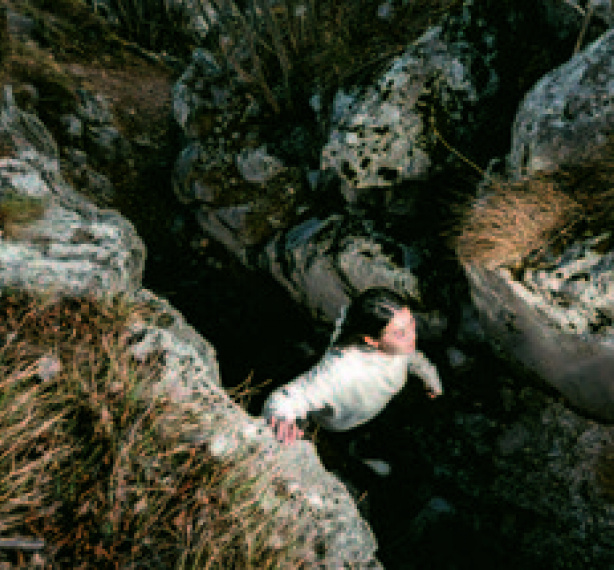
Latest News | 1 January 2023
Spider-Inspired Eco-Fabric

Latest News | 1 January 2023
Fungi Stakes a Claim in the Luxury Market
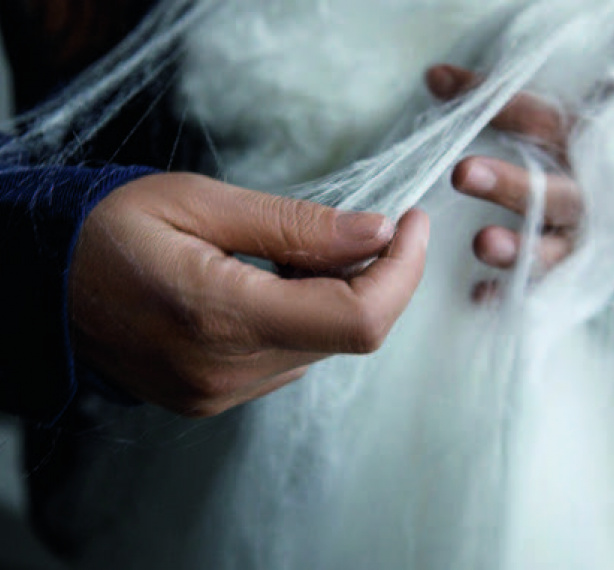
Latest News | 1 January 2023
Rethinking the Everyday: Material Non Material

Latest News | 1 January 2023
Why Digital Materials are Critical to the Future of Fashion

Latest News | 1 January 2023
The True Metaverse will be Decentralized
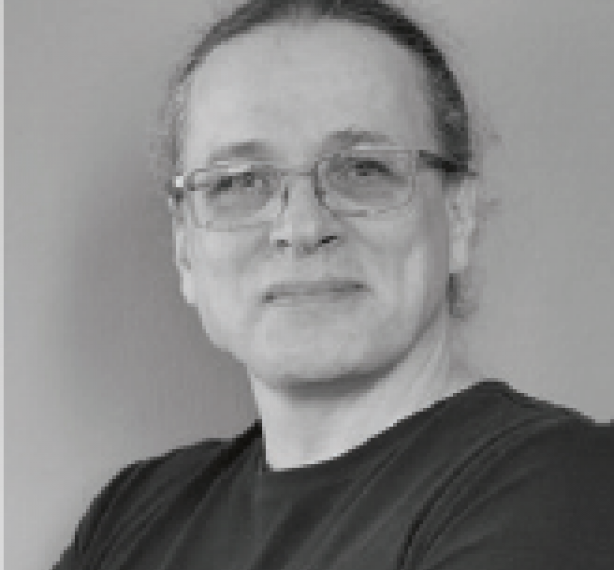
Latest News | 1 January 2023
Game Changer Artificial Intelligence, from Automation to of Digital Systems
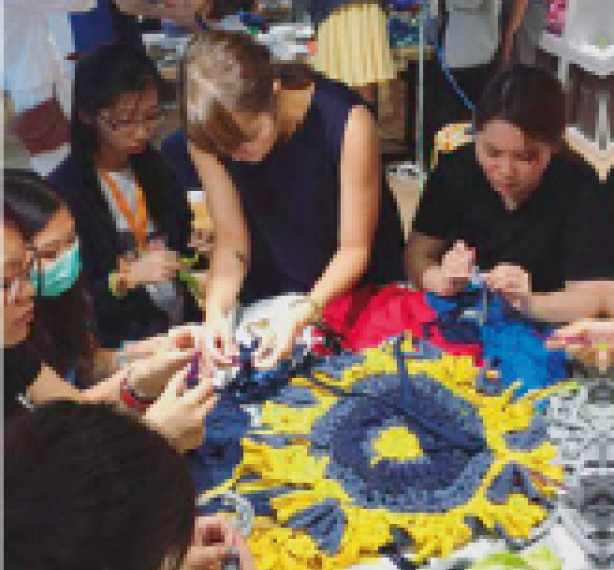
Latest News | 1 January 2023
Sustainability in Education
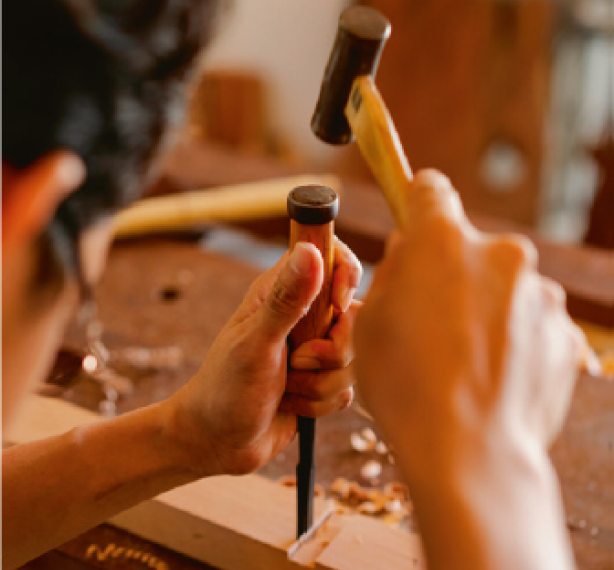
Latest News | 1 January 2023
The Tree Project Vision
Latest News | 1 January 2023
test
